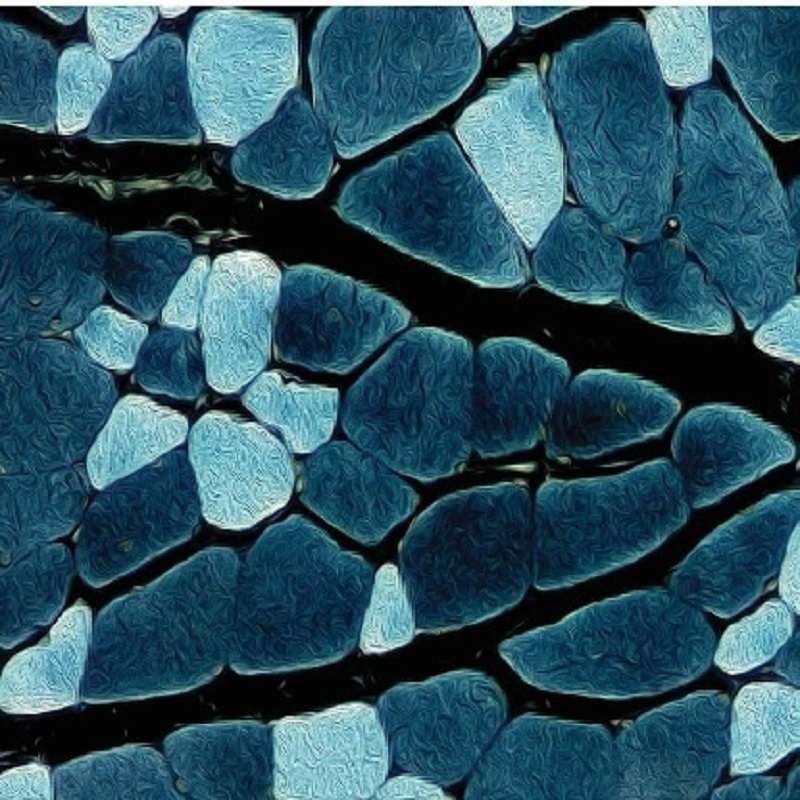The latest Interface Focus issue explores the multidisciplinary field of biological anthroengineering. Dr Michael Berthaume introduces the new issue and provides insights into this emerging field.

Biological anthroengineering has emerged as a field that applies anthropology and engineering to biological questions. We spoke to Dr Michael Berthaume at London South Bank University, organiser of a new Interface Focus issue on this topic. He explained what biological anthroengineering entails, its application to dental research and the future of this field.
1. Can you define biological anthroengineering?
Anthroengineering is a transdisciplinary approach that utilises theories, methods, and/or data from both anthropology and engineering to address questions within and beyond both disciplines. Biological anthroengineering focuses on the application of anthroengineering to human and non-human primate biology. For example, creating biomechanical models (e.g., musculoskeletal and finite element models) of our hominin ancestors to better understand hominin ecology and human evolution. Or using evolutionary theory, fracture mechanics, and tribology (the study of wear) to understand the many adaptations of dental enamel, which can then be used to create bioinspired biomaterials through biomimicry.
2. What is the aim of this issue?
This issue has two aims. Currently, no publications exist explicitly about the topic of anthroengineering. If anthroengineering is to become its own, independent field (as is the aim!), it requires its own literature. So, the first aim of this issue is to begin to create that literature. Critical to this is our discussion piece entitled Anthroengineering: an independent interdisciplinary field, which presents a working definition for anthroengineering, examples of how it has been used over the last several decades, and the future of anthroengineering.
The second is to present the idea of anthroengineering as an independent field to both other researchers and members of the public. By doing this, we are inviting others to join us in helping establish this new field.
3. Can you give some examples of what engineers can learn from anthropologists and vice versa?
Anthropology tends to be a theory dominated field while engineering tends to be method dominated, so it is easy to see how methods from engineering (e.g., the creation and analysis of biomechanical models) can be used to answer questions from anthropology (e.g., how did hominin gait evolve?) But there are methods from anthropology (e.g., ethnography and geometric morphometrics – a form of statistical shape analysis) that can be used to answer questions in engineering as well (e.g., how can a design be best adapted for human use, and how can complex shapes be optimized for a given function?) But the best results always come when anthropologists and engineers combine their theories and methods to tackle a question that sits primarily outside of those two fields. For example, how do we design prosthetics for low resource settings in southeast Asia, such that it matches the target population’s biology and meets their cultural and societal wants and needs? How can human variation be leveraged to aid in the design of consumer products, such as wearable fitness sensors (e.g. phone- or watch-based pedometers) or bike helmets?
4. One of the studies investigated the evolutionary biomechanics of tooth function. Does the study have any lessons for modern-day dental research?
Absolutely! When dentists replace a tooth today, they tend to model the shape of the crown (the portion of the tooth responsible for food item breakdown during chewing) after the tooth that they just removed, so the prosthetic tooth fits well with the rest of the teeth in the mouth. They also try and make the cusps as tall and “sharp” as possible to make chewing easier. But this study – like many others before it – has shown our biomechanical models for predicting food item breakdown during chewing are fundamentally flawed and rarely work. Simply put, we still do not really understand the biomechanics of how teeth break foods into smaller piece during chewing! More research is needed in this area, and an evolutionary biomechanics approach – focusing on primates, because their teeth shaped more like ours than other dentate tetrapods – is an ideal way of creating a new biomechanical model with applications for dentistry.
5. What do you think the future holds for this field?
Everything. In our ‘Anthroengineering: an independent interdisciplinary field’ manuscript, we discuss how anthropology and engineering have been combined for decades. But despite this, the two fields have remained separate and no, general, transdisciplinary approach has been developed. We have begun developing a general, transdisciplinary approach here, but much, much more work remains. By having new groups apply this framework to new questions the approach will evolve and take on new meaning. Eventually, theories and methods – unique to anthroengineering – will be developed. Anthroengineering will move out of academia and translate into the private sector where it will evolve further. Different schools of thought will be developed both in universities and companies, leading to subfields and further developmental opportunities.
Even though anthropology and engineering have been combined for decades, anthroengineering is at its infancy. Join us.
Keep up to date with the latest issues of Interface Focus by signing up for content alerts, and browse previous theme issues on the journal website.
Caption: Histological section of a tufted capuchin monkey MHC profile (negative image) unmasks the remarkable diversity and flexibility of contractile properties in primate chewing muscles. Credit: Andrea Taylor and Lauren Taylor. See ‘The influence of jaw-muscle fibre-type phenotypes on estimating maximum muscle and bite forces in primates’ by Holmes M, Taylor AB in this issue. (https://doi.org/10.1098/rsfs.2021.0009)





